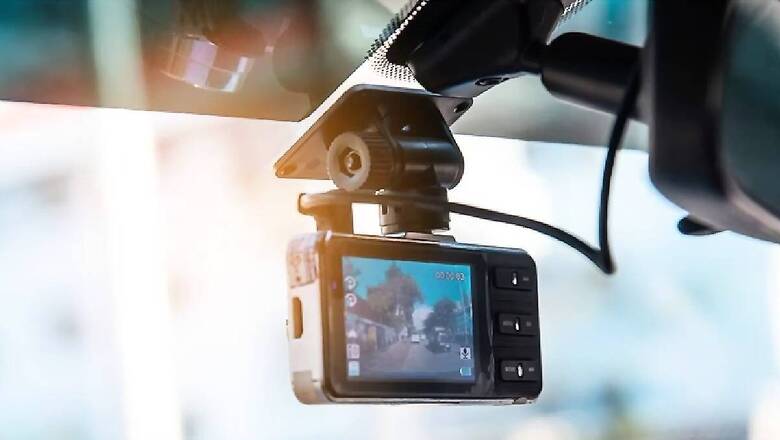
views
In the fast-paced world today, technology is inevitable and is instrumental in enriching multiple aspects of our lives.
One of the tech developments that have shown to be really life-changing especially on the road is a Dash Cam.
Dash Cameras, also known as dashboard cams, have come from being merely a popularized widget to the most important gadget for motorists around the globe. Since in India traffic chaos and accidents are a norm, dash cams are emerging as watchful eyes that can make a significant difference.
In an interaction with Vanesh Naidoo, Founder and Director, SafeCams, he shared how GPS and Sensors are enhancing the functionality of Dashcams.
One of the key advancements that have transformed dash cams into powerful tools for safety, security, and convenience is the integration of GPS and various sensors.
Global Positioning Systems or GPS have brought navigation and location tracking to unimaginable levels and dash camera manufacturers are also including this technology in their products. “Dash cameras that have GPS capability can accurately record where the vehicle is located at the time of an accident and the speed at which it was traveling,” as said by Vanesh Naidoo, Founder and Director, SafeCams.
This feature significantly adds to the factual context of the recorded videos. This information is useful for accidents or conflicts, where it can define the sequence of events and ascertain the accountability. Additionally, GPS enables route mapping useful in delivery tracking, fleet management, or even documenting your memorable journeys.
Apart from GPS, sensor integration takes the dash cam to a new horizon. These sensors detect various parameters such as acceleration, collision forces, and even driver behavior, providing a more comprehensive picture of driving conditions. Take G-force sensors for example: like a sudden impact or a maneuver that could cause a crash, it will initiate the dash cam to protect the recorded video so it cannot be overwritten or lost . This is the very necessity that enables one to visually prove the fault in accidents or harsh driving cases.
Additionally, some dash cameras come with quite sophisticated sensing abilities like lane departure notifications, forward collision alerts, and even driver fatigue detection. The specificity and real-time feedback facilitated by these intelligent sensors lowers the possibility of accidents by alerting the driver to possible dangers. As Dash cams integrate with AI sensors, it will help drivers reduced the risk of collisions and enhance security on our roads.
The other unique feature is their parking surveillance and security monitoring. Motion and proximity sensors can detect any movement around the car when parked and initiate real time recording. This protects one’s vehicle against theft or vandalism. If there is a hit-and-run accident, the video recorded serves as evidence.
Furthermore, Wi-Fi and smartphone integration is a plus because users can see, store and share their recordings on the go from their mobile devices. This makes the dash cameras really useful in everyday life.
In conclusion, the integration of GPS and sensors has no doubt expanded the capabilities of dash cams. With accurate location tracking, crash detection, driver behavior monitoring and parking surveillance, sensor-enhanced dash cameras offer unparalleled functionality to personal drivers and fleet operators. As technology evolves with time, we can hope for new advancements in dash cam technology.


















Comments
0 comment